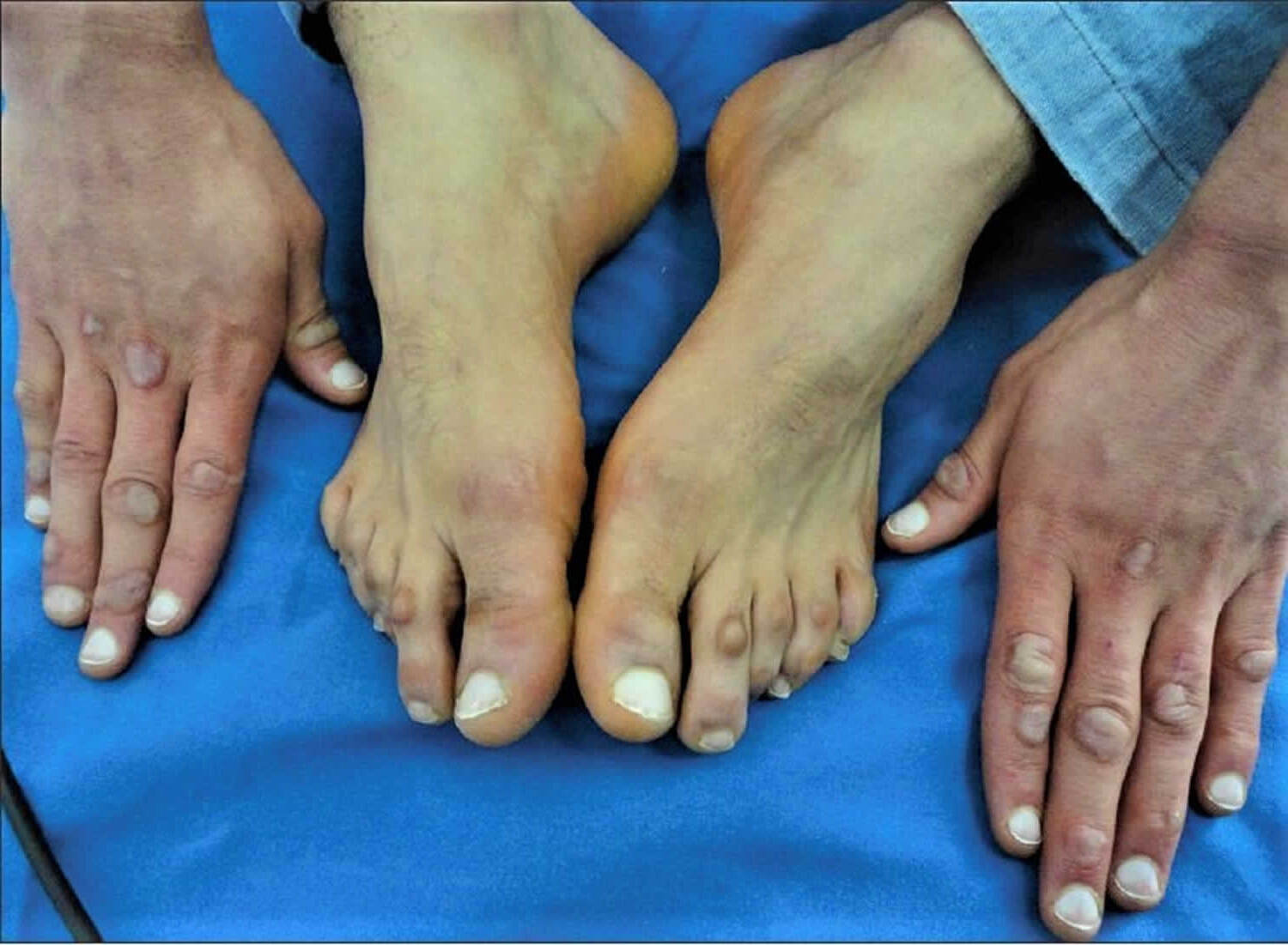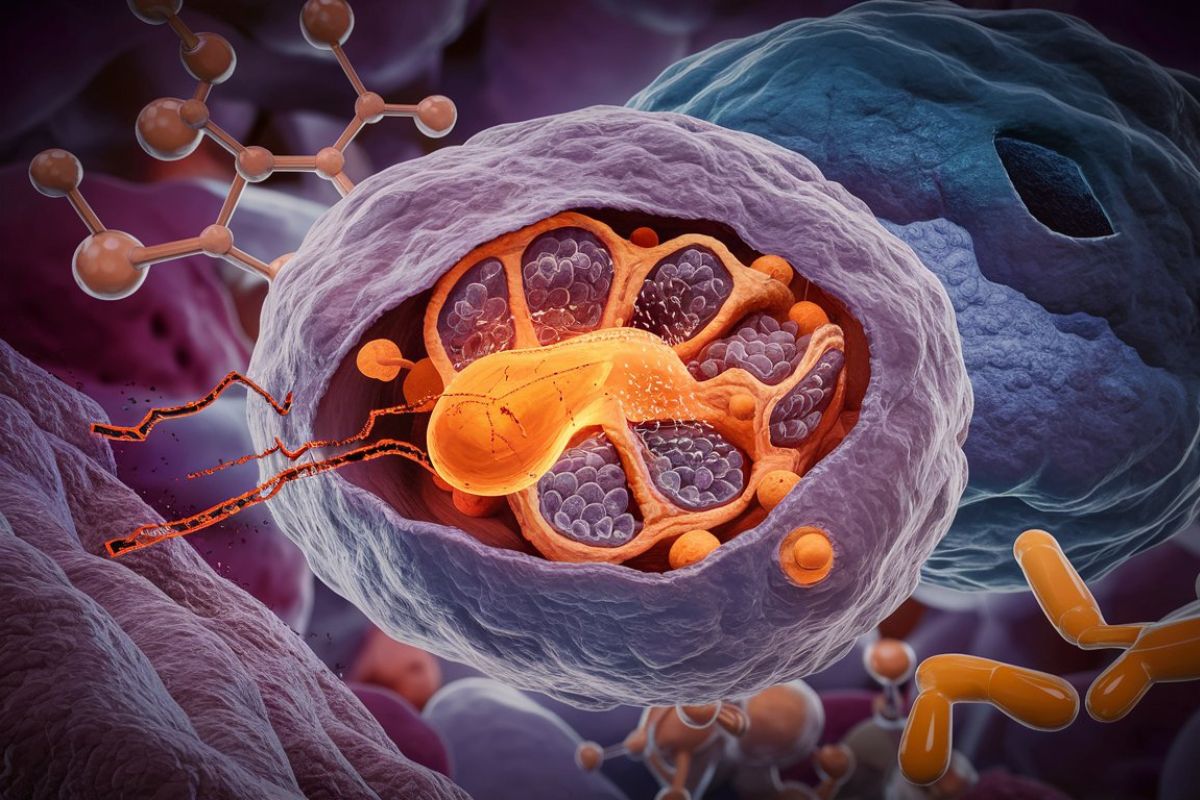
Bart–Pumphrey Syndrome is a rare genetic disorder that affects the skin, nails, and hearing. Named after the doctors who first described it, this condition is part of a group of disorders known as ectodermal dysplasias. Symptoms often include thickened nails, white patches on the skin, and hearing loss. These signs usually appear in childhood and can vary in severity. Genetic mutations in the GJB2 gene are the primary cause, affecting the protein connexin 26, which plays a role in skin and hearing functions. Treatment focuses on managing symptoms, as there is no cure. Understanding this syndrome helps in early diagnosis and better care.
What is Bart–Pumphrey Syndrome?
Bart–Pumphrey Syndrome (BPS) is a rare genetic disorder. It affects the skin, nails, and hearing. Understanding this condition can help those affected and their families.
-
Genetic Origin: BPS is caused by mutations in the GJB2 gene. This gene provides instructions for making a protein called connexin 26, crucial for cell communication.
-
Autosomal Dominant: The syndrome follows an autosomal dominant inheritance pattern. This means only one copy of the altered gene is needed to cause the disorder.
-
Nail Abnormalities: People with BPS often have thickened nails. This condition, known as pachyonychia, affects both fingernails and toenails.
Skin and Hearing Symptoms
BPS manifests in various ways, particularly affecting the skin and hearing. These symptoms can vary in severity.
-
Leukokeratosis: A hallmark of BPS is leukokeratosis, which causes white patches on the skin, especially on the knuckles and elbows.
-
Hearing Loss: Many individuals with BPS experience sensorineural hearing loss. This type of hearing loss results from problems in the inner ear or the auditory nerve.
-
Palmoplantar Keratoderma: Another skin-related symptom is palmoplantar keratoderma. This condition leads to thickened skin on the palms and soles.
Diagnosis and Treatment
Diagnosing and managing BPS involves several steps. Early detection can improve quality of life.
-
Genetic Testing: Confirming a BPS diagnosis often requires genetic testing. Identifying the GJB2 gene mutation is key.
-
Audiometric Tests: Hearing tests help assess the extent of hearing loss. Regular monitoring is essential for managing this symptom.
-
Dermatological Care: Skin symptoms can be managed with topical treatments. Moisturizers and keratolytic agents are commonly used.
Living with Bart–Pumphrey Syndrome
Living with BPS involves adapting to its challenges. Support and awareness can make a significant difference.
-
Support Groups: Joining support groups can provide emotional and practical help. Connecting with others who have BPS can be comforting.
-
Regular Check-ups: Routine medical check-ups are vital. They help monitor symptoms and adjust treatments as needed.
-
Hearing Aids: For those with hearing loss, hearing aids can be beneficial. They improve communication and quality of life.
Research and Future Directions
Ongoing research aims to better understand BPS. Advances in genetics and medicine offer hope for the future.
-
Gene Therapy: Scientists are exploring gene therapy as a potential treatment. This approach could correct the genetic mutation causing BPS.
-
New Medications: Research into new medications is ongoing. These drugs aim to alleviate skin and nail symptoms more effectively.
-
Patient Registries: Patient registries help researchers collect data. This information is crucial for understanding the syndrome's prevalence and impact.
Interesting Facts about Bart–Pumphrey Syndrome
Here are some lesser-known facts about BPS. These tidbits highlight the uniqueness of this condition.
-
Named After Discoverers: BPS is named after Dr. Bart and Dr. Pumphrey. They first described the syndrome in the 1960s.
-
Rare Condition: BPS is extremely rare. Only a few hundred cases have been documented worldwide.
-
Variable Symptoms: Symptoms can vary widely even within the same family. Some individuals may have mild symptoms, while others experience severe effects.
-
No Cure: Currently, there is no cure for BPS. Treatments focus on managing symptoms and improving quality of life.
-
Awareness Efforts: Awareness campaigns help educate the public. Increased awareness can lead to better support and resources for those affected.
Final Thoughts on Bart–Pumphrey Syndrome
Bart–Pumphrey Syndrome, though rare, offers a fascinating glimpse into genetic conditions. This syndrome, marked by knuckle pads, leukonychia, and hearing loss, highlights the complexity of human genetics. Understanding its symptoms and genetic basis can help in early diagnosis and management.
Genetic counseling plays a crucial role for families affected by this condition. It provides valuable insights into inheritance patterns and potential risks for future generations. While there's no cure, supportive treatments can improve quality of life.
Raising awareness about Bart–Pumphrey Syndrome is essential. It encourages research and fosters a supportive community for those affected. By sharing knowledge, we can make strides in understanding and managing this condition.
Stay informed, support research, and advocate for those with rare genetic disorders. Every bit of awareness helps in the journey towards better understanding and treatment.
Was this page helpful?
Our commitment to delivering trustworthy and engaging content is at the heart of what we do. Each fact on our site is contributed by real users like you, bringing a wealth of diverse insights and information. To ensure the highest standards of accuracy and reliability, our dedicated editors meticulously review each submission. This process guarantees that the facts we share are not only fascinating but also credible. Trust in our commitment to quality and authenticity as you explore and learn with us.


